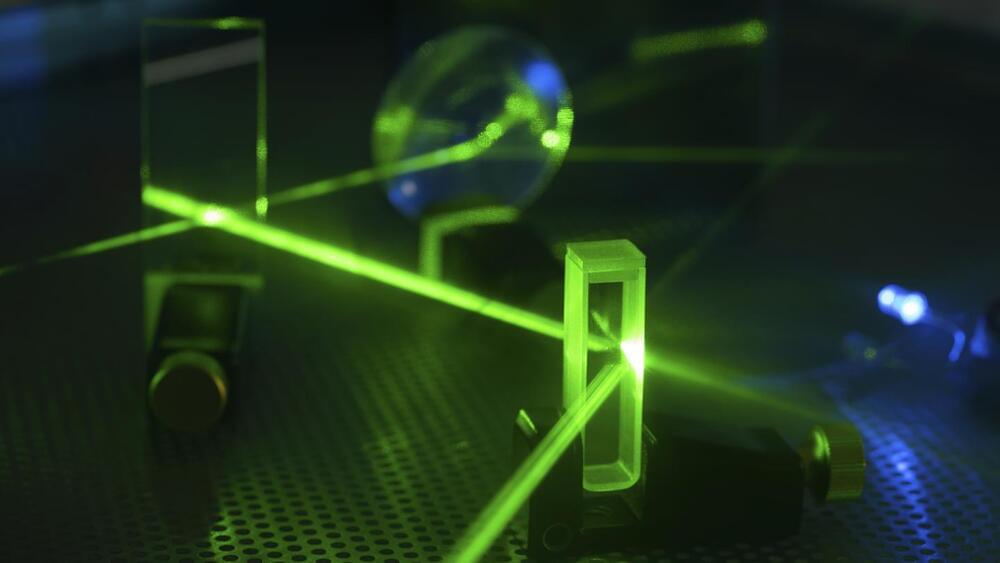Congrats to Anne & Pierre.
Inside atoms and molecules, electrons zip around at extreme speeds. Their motions can only be captured with super short pulses of light — like camera flashes that last billionths of a billionth of a second. The 2023 Nobel Prize in physics goes to three physicists who have helped create such “attosecond” blasts of laser light.
By offering superfast snapshots of electrons, their research is changing our view of the inner workings of atoms and molecules.
One of the winners is Anne L’Huillier, of Lund University in Sweden. Another is Pierre Agostini at Ohio State University in Columbus. The third is Ferenc Krausz. He works at the Max Planck Institute of Quantum Optics in Garching, Germany. The trio will split 11 million Swedish kronor, or about $1 million in prize money. The Royal Swedish Academy of Sciences announced the honor October 3.
Pierre Agostini, Ferenc Krausz and Anne L’Huillier won the prize for creating light bursts that last billionths of a billionth of a second.
